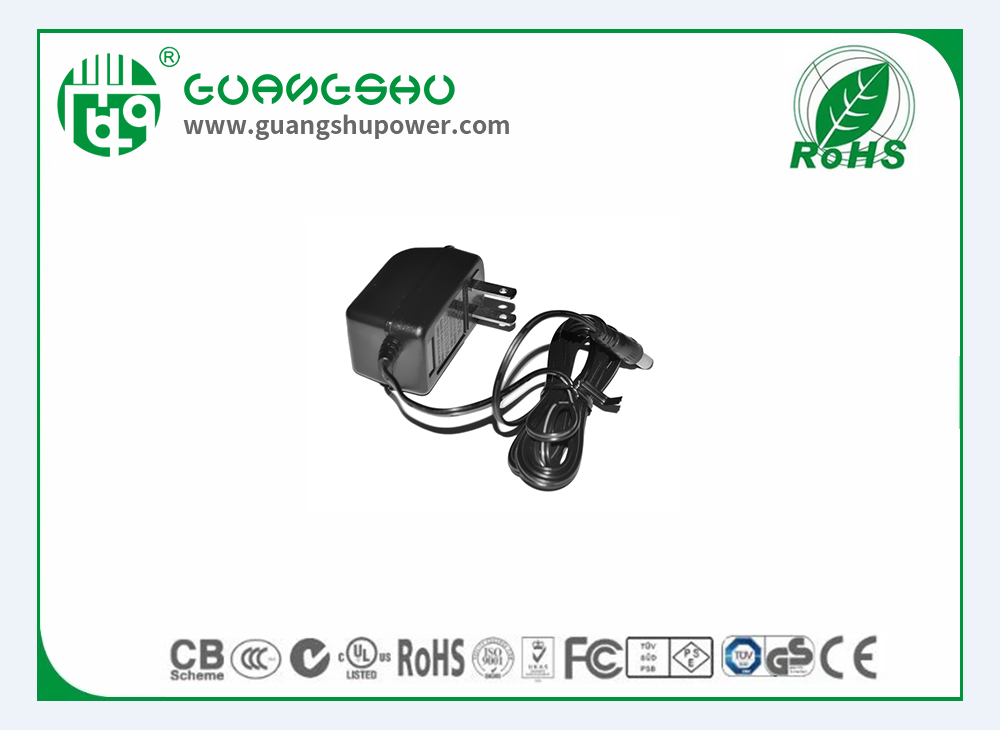Time:2025-03-22 Views:0

Flexible Printed Circuit Boards (FPC PCBs), also known as Flexible Printed Circuits (FPCs), have found extensive applications in a wide range of industries due to their unique characteristics of flexibility, lightweight, and high - density interconnectivity.
In the consumer electronics industry, FPC PCBs are everywhere. In smartphones, they are used to connect various components such as the display, camera, battery, and motherboard. The flexibility of FPC PCBs allows for a more compact and efficient design. For example, the FPC PCB used to connect the display to the motherboard can be bent to fit the curved shape of the smartphone's body, enabling slimmer and more ergonomic designs. In wearable devices like smartwatches and fitness trackers, FPC PCBs are crucial. They can be easily integrated into the flexible bands or curved housings of these devices, providing a reliable connection between the sensors, battery, and processing units. The lightweight nature of FPC PCBs is also an advantage in wearable devices, as it reduces the overall weight, making them more comfortable to wear.
The automotive industry is another major user of FPC PCBs. In modern cars, there are numerous electronic systems that require flexible interconnects. FPC PCBs are used in dashboard displays, where they connect the display panel to the control circuitry. Their ability to be bent and shaped allows for seamless integration into the curved surfaces of the dashboard. In addition, FPC PCBs are used in automotive lighting systems, such as LED headlights and taillights. They can be used to route power and signals to the individual LED components, providing a more efficient and reliable lighting solution. FPC PCBs are also employed in automotive sensors, such as those for airbags, tire pressure monitoring, and engine management. Their flexibility enables them to be installed in tight spaces and around complex mechanical components.
In the aerospace and defense industries, FPC PCBs play a vital role. In aircraft, they are used in avionics systems, where reliability and weight reduction are of utmost importance. FPC PCBs can be used to connect the various electronic components in the cockpit, such as the displays, controls, and communication systems. Their lightweight nature helps to reduce the overall weight of the aircraft, which in turn improves fuel efficiency. In defense applications, FPC PCBs are used in portable communication devices, missile guidance systems, and unmanned aerial vehicles (UAVs). Their flexibility and high - density interconnectivity make them suitable for the compact and rugged designs required in these applications.
The medical field also benefits from FPC PCBs. In medical devices such as endoscopes, FPC PCBs are used to transmit images and control signals. The flexibility of the PCB allows the endoscope to be inserted into the human body through narrow passages. In wearable medical monitors, like heart rate monitors and glucose sensors, FPC PCBs provide a reliable connection between the sensors and the data - transmission module. Their biocompatibility is also an important factor, as they need to be in close contact with the human body without causing any adverse reactions.
Read recommendations: